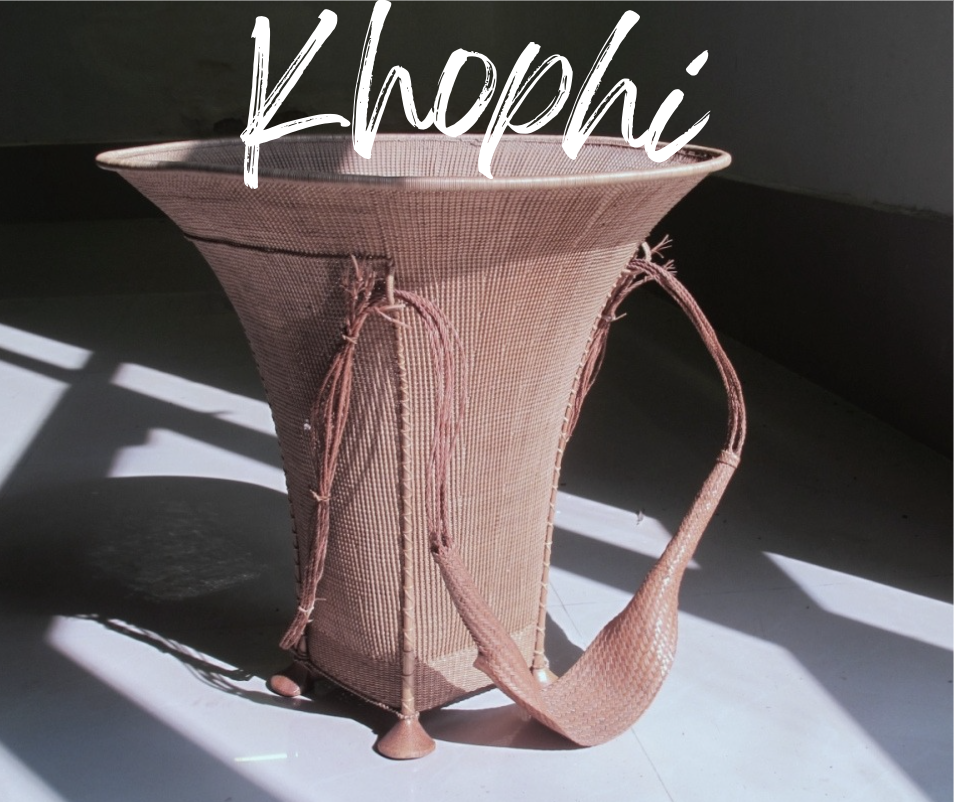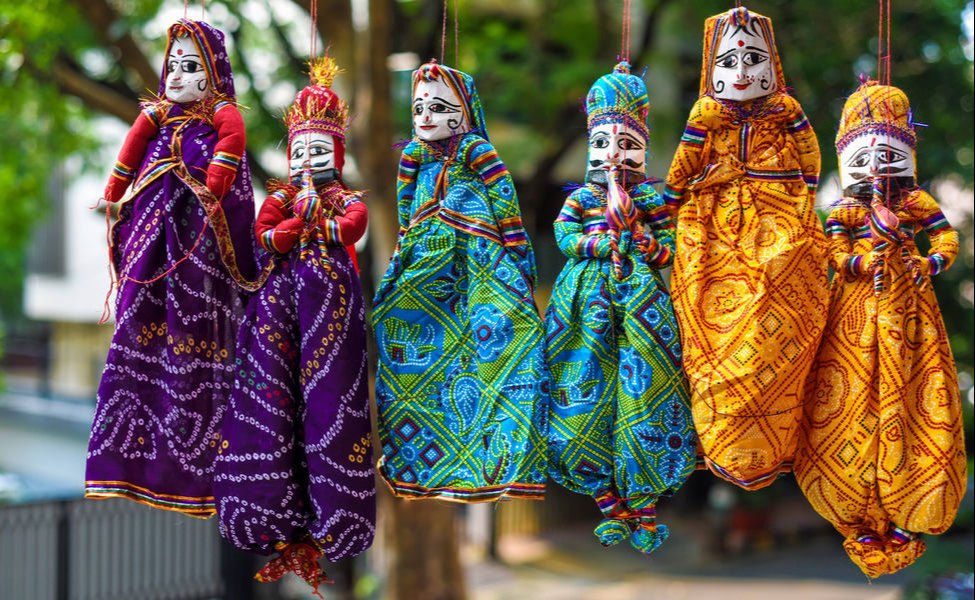Impact Investments In Creative Manufacturing
Feb 09, 2022 | Dillon Gohil
 The creative industries consist of a vast array of sub-sectors including architecture, fashion and handicrafts to name a few. It is one of the most rapidly growing sectors of the world economy with an annual growth of 9 per cent globally and 12 per cent in the developing world (Callanan, 2020). It comes as no surprise that the COVID-19 pandemic brought many creative manufacturing and handmade businesses to a halt, affecting both consumption and distribution. Additionally, with the industry’s workforce being one of the world’s largest yet poorest, it’s important to know some of the opportunities for financial inclusion within this space (in this case, something called impact investing).
The creative industries consist of a vast array of sub-sectors including architecture, fashion and handicrafts to name a few. It is one of the most rapidly growing sectors of the world economy with an annual growth of 9 per cent globally and 12 per cent in the developing world (Callanan, 2020). It comes as no surprise that the COVID-19 pandemic brought many creative manufacturing and handmade businesses to a halt, affecting both consumption and distribution. Additionally, with the industry’s workforce being one of the world’s largest yet poorest, it’s important to know some of the opportunities for financial inclusion within this space (in this case, something called impact investing). 1. What role does the UN (United Nations) play?
The United Nations Conference on Trade and Development (UNCTAD) is an
intergovernmental organisation in charge of formulating policies related to
development in sectors such as technology, finance and the culture and creative
industry. The UN recognises the creative economy as a force for social cohesion
and economic development and also mentions creativity and culture as targets in
four of the UN’S Sustainable Development Goals (SDGs). However, there is yet to
be an SDG devoted to creativity which is a potential reason why impact
investors have been reluctant to prioritise the industry.
At the 74th session of the UN
General Assembly in late 2019, the UN declared 2021 to be the ‘International
Year of Creative Economy for Sustainable Development’, acknowledging the
sector’s criticality towards sustainable development and innovation as well as
its contribution to cultural diversity and support of entrepreneurship. This
proposal recognised the need to promote sustained and inclusive economic
growth, foster innovation and support developing countries or countries in
economic transition with diversifying production and exports within creative
industries.
2. What are impact investments?
One solution proposed by the UN to shape the creative economy sector is
impact investments. These are investments made with the intention to generate
positive, measurable, social and environmental impact alongside financial
return. The term ‘impact investing’ was only coined in 2007, although its idea
of reducing the negative effects of business activity on the social environment
have been around from much earlier. Impact investors consider a company's
commitment to corporate social responsibility or the duty to positively serve
society.
A vast amount of impact investing is done by hedge funds, private
foundations, banks and pension funds, however another major venue is through
microfinance loans which allow small-business owners in developing nations
start-up or expansion capital.
3. Opportunities for impact investments in creative manufacturing
A 2020 Global Impact Investing Network (GIIN) report showed that many
impact investment leaders had been defining what is constituted under creative
manufacturing too narrowly, i.e., some investors were indirectly active in the
art and culture industry through their investments in other sectors such as
housing or education. Similarly, while creative manufacturing was not a
priority for a lot of the funds analysed, many of their portfolio companies
were in the creative industries, hence showing a strong correlation between the
creative economy and social and environmental impact (Callanan, 2020).
It is also important to understand that consumer concern regarding the
production of the goods and foods they consume has grown marginally within
recent years. Being both sustainable and ethical have become trends and the
average consumer’s tastes are changing more rapidly than ever, through the
internet and social media for example, with consumers wanting ‘more engaging,
authentic and varied experiences and products’. This is therefore incentive for
impact investors to get involved in the creative economy due to its scale,
market opportunities and increasing consumer demand.
4. Examples of impact investment funds directly focused on the
creative economy
·
Mirabaud Patrimoine Vivant (France) - a private equity fund at socially
responsible Mirabaud Asset Management focused on European artisan and
traditional craft businesses
·
HEVA Fund (East Africa) – finance, business support and knowledge with a
focus on fashion, media and design, allowing special funds for women
entrepreneurs.
·
Local Initiatives Support Corporation NYC Inclusive Creative Economy
Fund (USA) - investing in affordable workspaces for creative economy businesses
generating quality jobs for middle-skill workers, as part of a strategy focused
on strengthening low-income communities.
·
The Arts and Culture Finance Fund (UK) - lending growth capital to
non-profit arts organisations and social purpose businesses in the creative
economy.
As the creative and culture sector grows in a post-pandemic world, so
will the investments going into it.
Earlier this year, a platform for entrepreneurs, industry experts and
academics named Creativity Culture & Capital came to fruition, which brings
together international stakeholders who believe that art, design, culture,
heritage and creativity can benefit people, communities and the planet; and
that impact capital will be a vital tool to support the growth and development
of the global creative economy. For more information visit https://www.creativityculturecapital.org/
Reference:
Callanan, Laura (2020), ‘Impact investing in the global creative
economy’, Creativity Culture & Capital. Available at: https://www.creativityculturecapital.org/wp-content/uploads/2021/01/Creativity-Culture-and-Capital-Impact-investing-in-the-global-creative-economy-English.pdf
Recommended



Wholesale / B2b Kathputli Puppets From Ahemdabad
Dec 16, 2024





